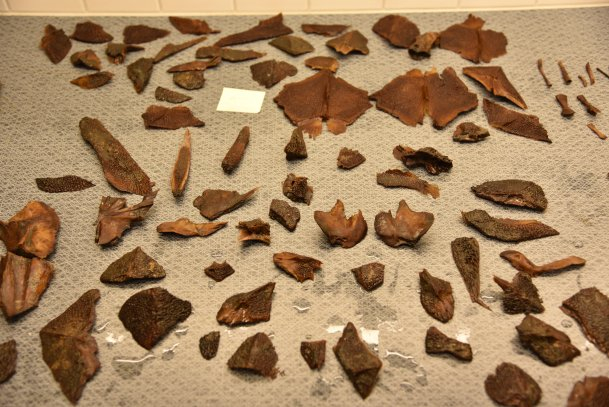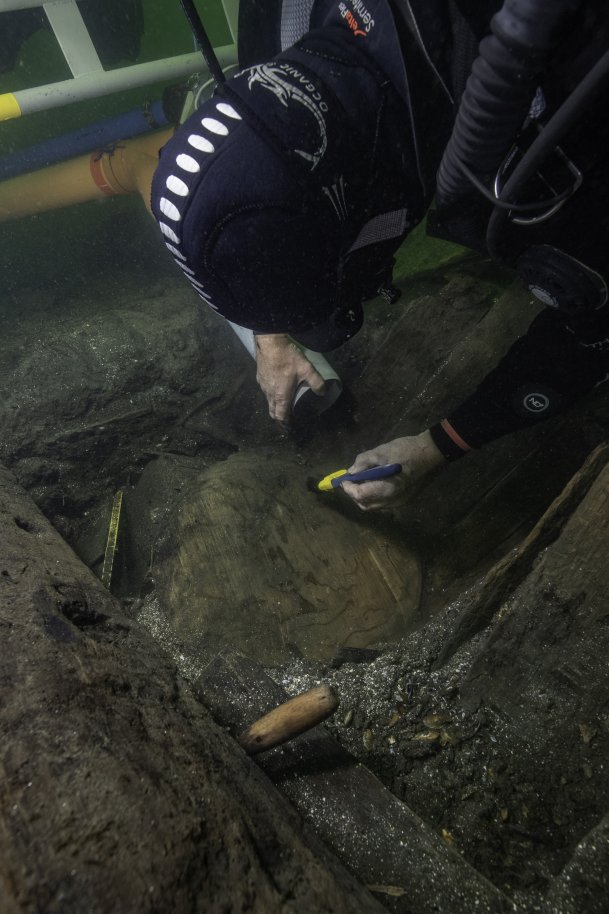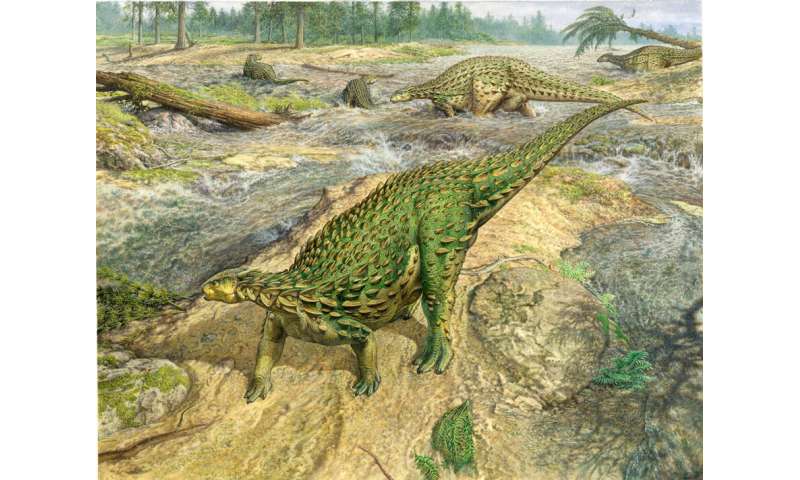Invasive jellyfish turn up in tiny Saanich lake
Darron Kloster / Times Colonist
AUGUST 27, 2020

Craspedacusta, a freshwater jellyfish that is about the size of a thumbnail, can be found in Killarney Lake. The jellyfish are are not harmful to humans and are only visible in lakes a few months of the year. FLORIAN LUSKOW, UBC
A tiny lake in Mount Work Regional Park in Saanich is literally under the microscope today, as scientists from the University of British Columbia study an outbreak of freshwater jellyfish.
Killarney Lake, about a kilometre south of the Hartland Landfill and frequented by swimmers and paddleboarders in summer, has a thriving population of craspedacusta, a freshwater jellyfish considered an invasive species.
The small jellyfish, about the size of a thumbnail, are not harmful to humans and are only visible in lakes a few months of the year, usually from August to September, says Florian Lüskow, a graduate student and marine biologist at UBC.
Lüskow and another researcher collected samples at Killarney Lake on Sunday after a tip from a local resident, launching a small boat loaded with scientific equipment that drew attention from local swimmers.
“They couldn’t believe jellyfish are living in the lake. Most think they live in the ocean,” said Lüskow.
He said there have been several reports of craspedacusta jellyfish in Killarney as well as other lakes and ponds in southern B.C. since 1990.
Lüskow said craspedacusta is a non-indigenous species and likely originates from the Yangtze River catchment area in China.
He said the jellyfish has been recorded on all continents, except for Antarctica.
It is almost impossible to prove how the jellyfish ended up in a lake such as Killarney, said Lüskow.
The invasion could have happened in several ways, he said, including from plant materials,birds’ feet, paddleboards, ballast water from boats, or in containers used to stock lakes with fish.
There have been other reports of the jellyfish in Saanich waterways, including Maltby Lake, two kilometres south of Killarney, in the summer of 2018.
It isn’t known how widespread the jellyfish are in the area. The Capital Regional District parks department did not immediately return calls for comment.
Lüskow said little is known about the jellyfish’s effects in ecosystems. There is no evidence of fish consuming freshwater jellyfish, but they might compete for food resources, Lüskow said in an email.
“As research on this invasive species heavily depends on voluntary observers, only a handful of studies addressed their predation impact.”
Lüskow said for most of the year, jellyfish populations only exist in the form of polyps attached to submerged rocks and tree trunks.
He said freshwater jellyfish are an indication of high water quality. “When lakes and ponds are cooling in the autumn, the free-swimming jellyfish disappear, leaving planktonic larvae that settle onto hard substrates and become polyps,” he said. “When the water warms up, polyps asexually reproduce many free-swimming medusae, which are the sexually reproducing life stage, with a short life span closing the annual jellyfish life cycle.”
Lüskow said a pilot study to understand the distribution and impacts on lake ecosystems in B.C. is underway at UBC.
He said researchers are currently studying another site, Hotel Lake near Sechelt on the Sunshine Coast.
He’s asking anyone who sees them in other lakes, ponds or creeks to send him an email at flueskow@eoas.ubc.ca.
Killarney Lake, about a kilometre south of the Hartland Landfill and frequented by swimmers and paddleboarders in summer, has a thriving population of craspedacusta, a freshwater jellyfish considered an invasive species.
The small jellyfish, about the size of a thumbnail, are not harmful to humans and are only visible in lakes a few months of the year, usually from August to September, says Florian Lüskow, a graduate student and marine biologist at UBC.
Lüskow and another researcher collected samples at Killarney Lake on Sunday after a tip from a local resident, launching a small boat loaded with scientific equipment that drew attention from local swimmers.
“They couldn’t believe jellyfish are living in the lake. Most think they live in the ocean,” said Lüskow.
He said there have been several reports of craspedacusta jellyfish in Killarney as well as other lakes and ponds in southern B.C. since 1990.
Lüskow said craspedacusta is a non-indigenous species and likely originates from the Yangtze River catchment area in China.
He said the jellyfish has been recorded on all continents, except for Antarctica.
It is almost impossible to prove how the jellyfish ended up in a lake such as Killarney, said Lüskow.
The invasion could have happened in several ways, he said, including from plant materials,birds’ feet, paddleboards, ballast water from boats, or in containers used to stock lakes with fish.
There have been other reports of the jellyfish in Saanich waterways, including Maltby Lake, two kilometres south of Killarney, in the summer of 2018.
It isn’t known how widespread the jellyfish are in the area. The Capital Regional District parks department did not immediately return calls for comment.
Lüskow said little is known about the jellyfish’s effects in ecosystems. There is no evidence of fish consuming freshwater jellyfish, but they might compete for food resources, Lüskow said in an email.
“As research on this invasive species heavily depends on voluntary observers, only a handful of studies addressed their predation impact.”
Lüskow said for most of the year, jellyfish populations only exist in the form of polyps attached to submerged rocks and tree trunks.
He said freshwater jellyfish are an indication of high water quality. “When lakes and ponds are cooling in the autumn, the free-swimming jellyfish disappear, leaving planktonic larvae that settle onto hard substrates and become polyps,” he said. “When the water warms up, polyps asexually reproduce many free-swimming medusae, which are the sexually reproducing life stage, with a short life span closing the annual jellyfish life cycle.”
Lüskow said a pilot study to understand the distribution and impacts on lake ecosystems in B.C. is underway at UBC.
He said researchers are currently studying another site, Hotel Lake near Sechelt on the Sunshine Coast.
He’s asking anyone who sees them in other lakes, ponds or creeks to send him an email at flueskow@eoas.ubc.ca.




